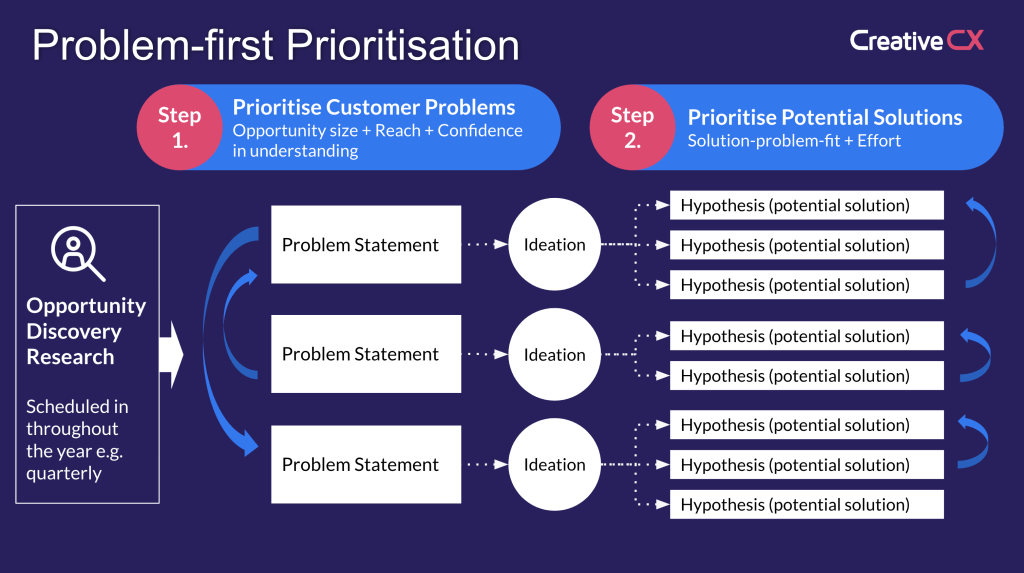
With the arrival of summer comes a welcome update for UK travellers: passengers are no longer required to remove items like laptops and liquids from their bags during airport security checks.
On paper, this change is positioned as a major efficiency gain by removing a well-known friction point from the travel experience.
However, a recent trip through airport security told a different story.
Despite the policy change, queues remained long and slow-moving. The process, rather than feeling more efficient, felt equally, if not more, frustrating than before.
This disconnect between intent and impact highlights a key lesson in experimentation: even changes that seem like clear improvements need to be tested and validated before implementation. What appears to be an obvious solution may not always deliver the expected results.
The Danger of Assumption-Led Decision-Making
In both digital and real-world environments, it’s easy to assume that removing steps or reducing visible friction will automatically lead to better experiences.
However, when changes are made based solely on assumptions without a deep understanding of the underlying problem, unintended consequences often tend to follow.
In this airport example, the policy shift didn’t necessarily address the root cause of delays.
Were the long queues primarily caused by the act of removing items from bags? Or were they due to broader issues such as unclear signage, passenger uncertainty, or process bottlenecks at the scanning stage?
Without clarity on the core problems, the “solution” may end up addressing symptoms rather than causes.
Why Context Still Matters in Experimentation
In experimentation, similar challenges arise when teams pursue “no-brainer” changes without proper validation. Whether it’s simplifying a form, removing a step in the checkout process, or updating navigation, the perceived benefits can lead to skipping over the problem-definition stage.
Yet, as we’ve seen in both digital experiences and operational changes, context matters. A solution that appears self-evident may perform differently in a live environment, particularly if it interacts with other elements in ways that weren’t fully anticipated.
This is why a problem-first approach to prioritisation is so important and valuable. It ensures that experimentation efforts are grounded in a clear understanding of user points, user behaviour, and business objectives before any potential solution is explored.
The Value of Problem-First

At Creative CX, we advocate for starting with the problem, not the solution. This approach helps teams:
- Focus on measurable user pain points or behavioural blockers.
- Avoid investing in changes that do not meaningfully impact outcomes.
- Align experiments with both user needs and commercial goals.
- Create a feedback loop that leads to continuous, evidence-based improvement.
By prioritising experimentation initiatives based on real problems, organisations can reduce risk and increase the likelihood of delivering genuine improvements, whether on a website, in a product journey, or in real-world service design.
Our CXO, Chris Gibbins, has explored more of our problem-first method. You can read more here.
The recent airport security changes serve as a reminder that when decisions are made without validating the core issue, opportunities to make a real impact can be lost.
Final Reflections
The recent changes to UK airport security are a useful reminder that not all improvements deliver immediate benefits and that even the most promising ideas can fall short without a strong understanding of the problem they aim to solve.
In experimentation, this reinforces the importance of prioritising based on user pain points rather than assumptions. Before rolling out a seemingly obvious fix, it’s worth asking: What problem are we solving? And how do we know this is the right solution?
If you’re looking to prioritise experimentation efforts based on real user problems rather than assumptions, we can help.
Get in touch with the team at Creative CX to learn how a problem-first approach can transform the way your team works as well as address real customer pain points.



